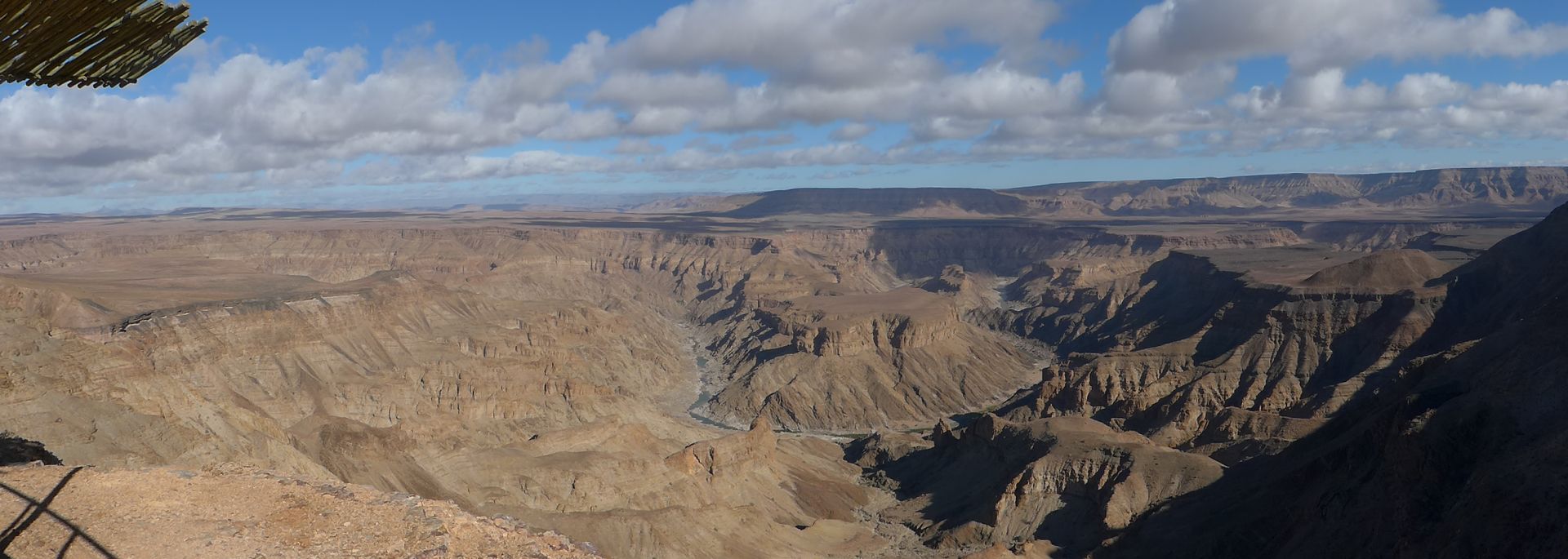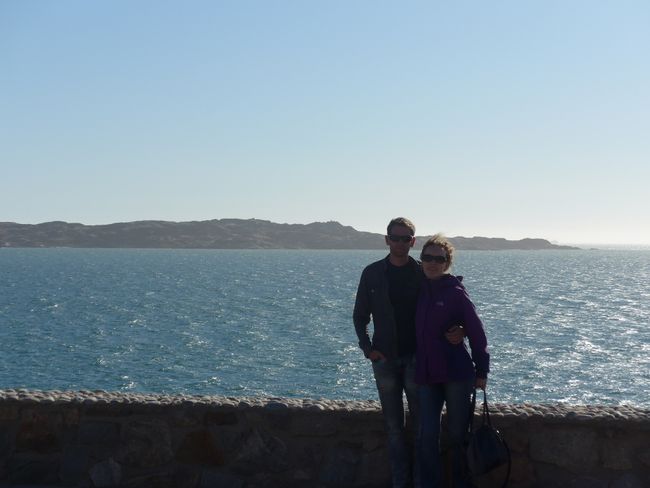Florence (Italy Part 6)
ප්රකාශිතයි: 08.06.2019
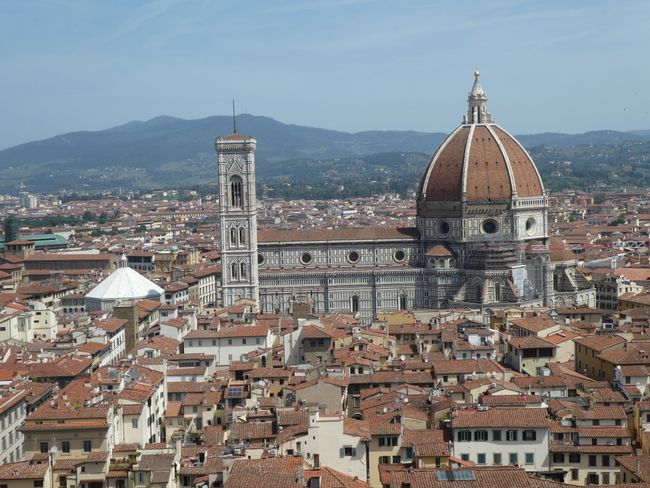
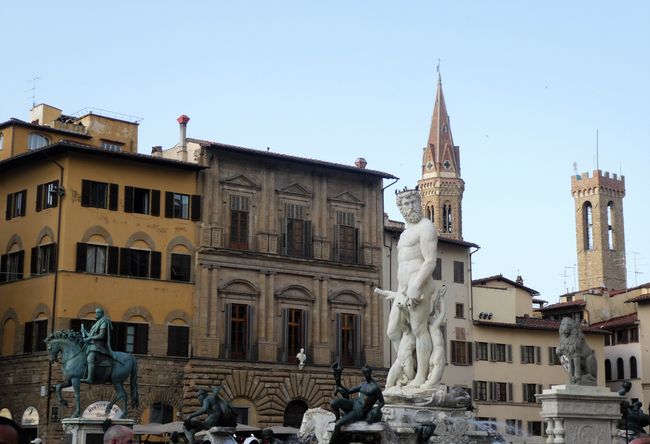
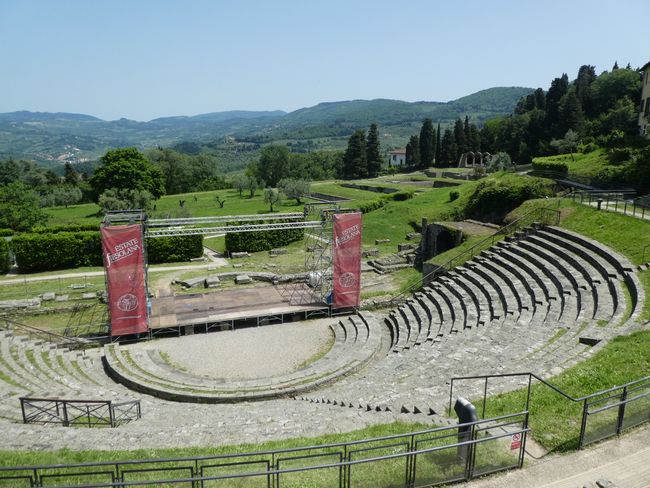
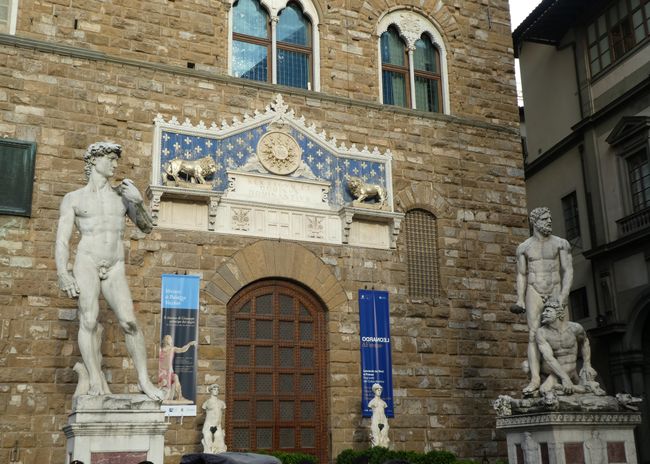
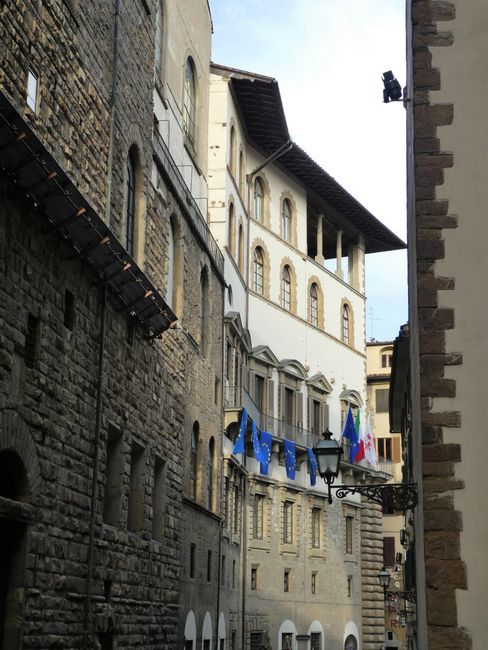
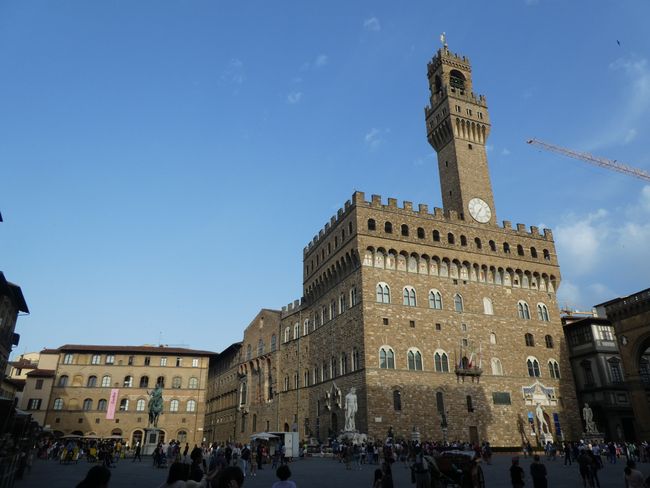
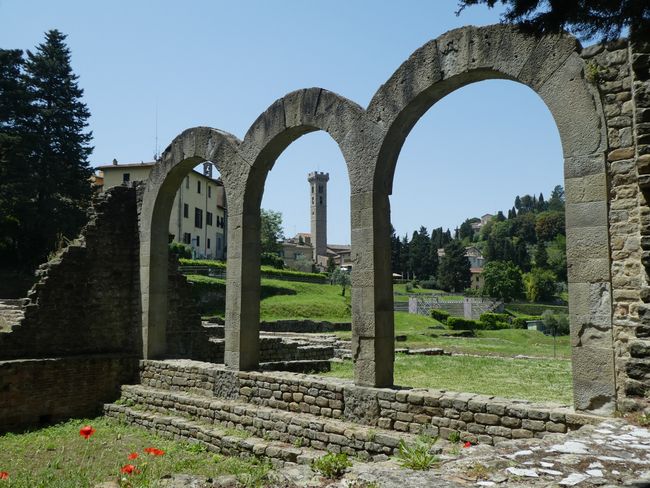
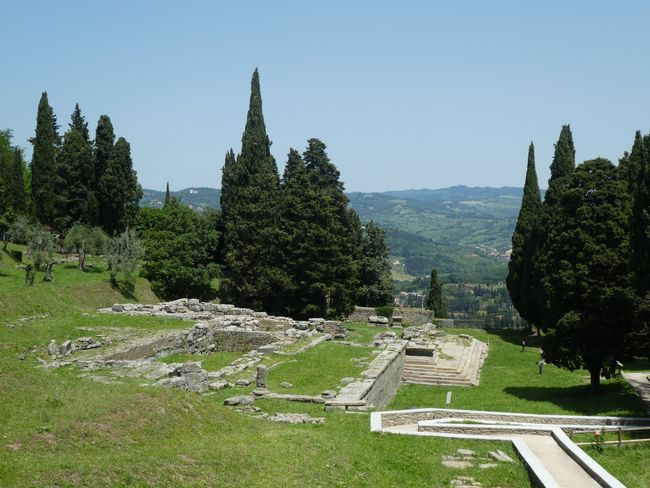
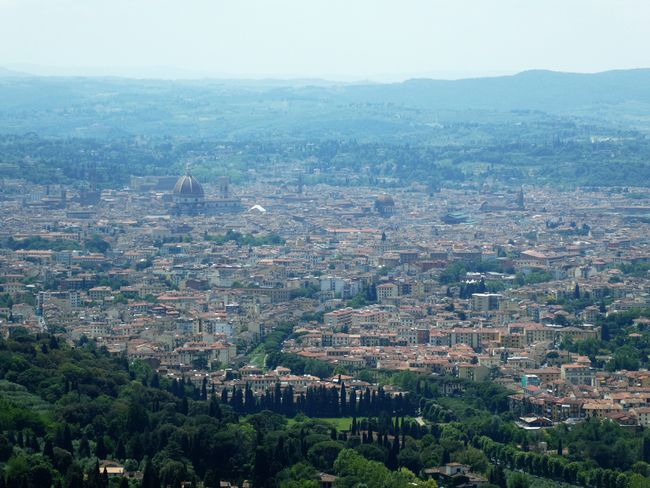
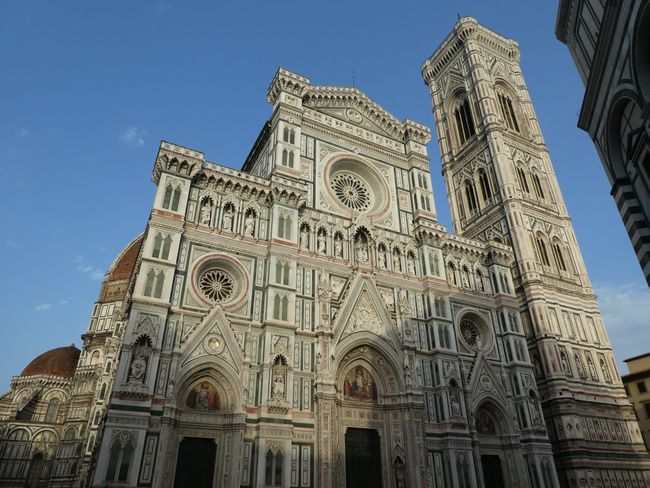
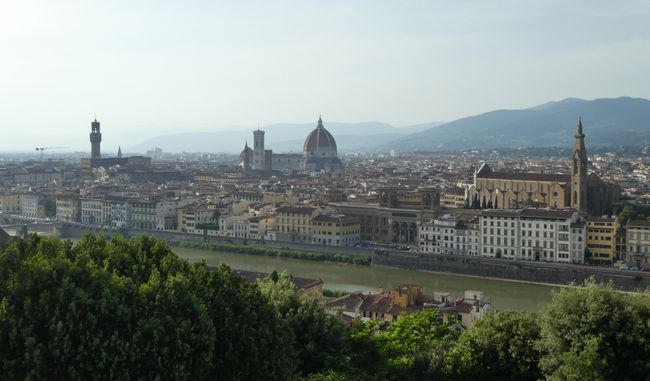
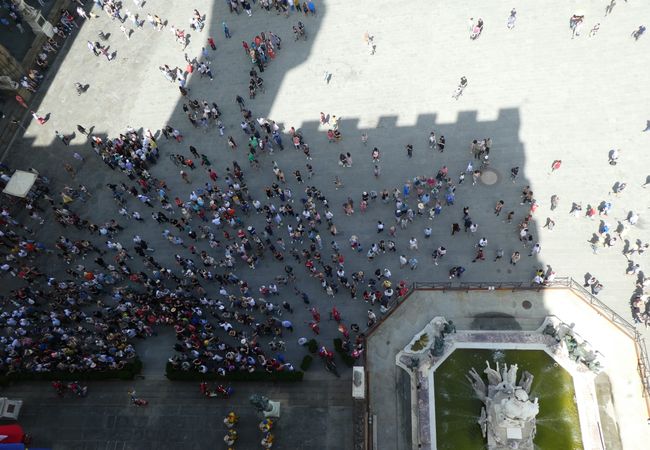
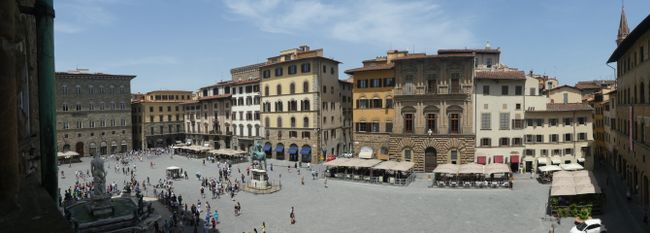
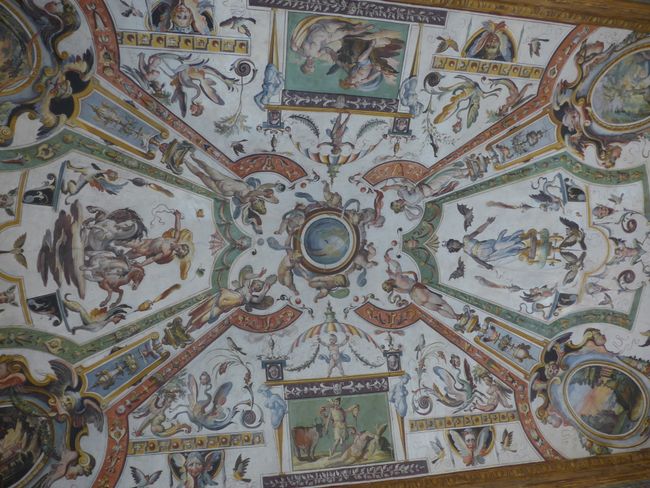
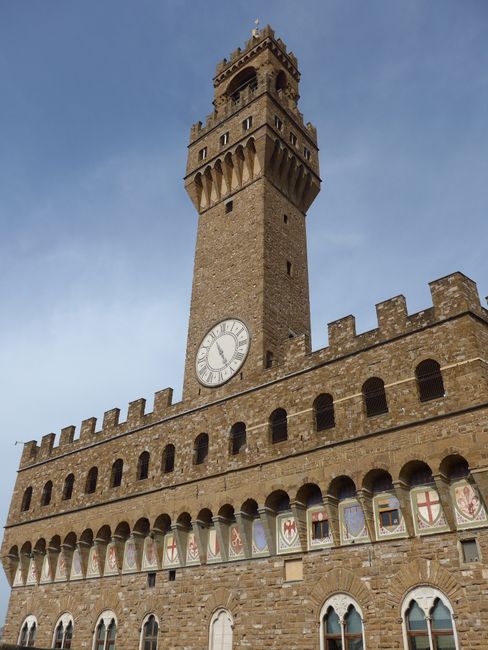
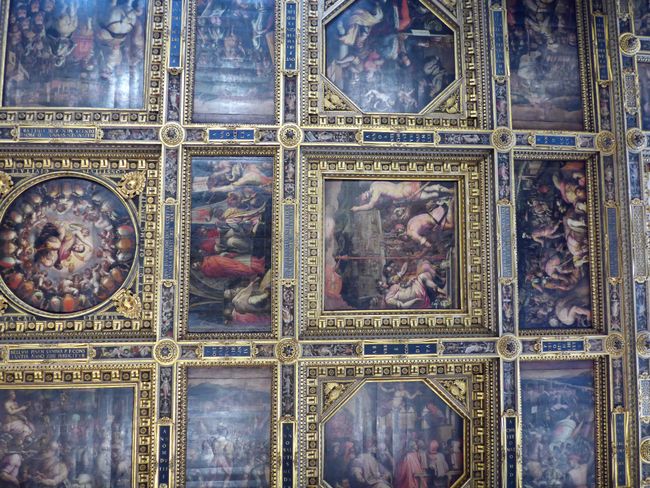
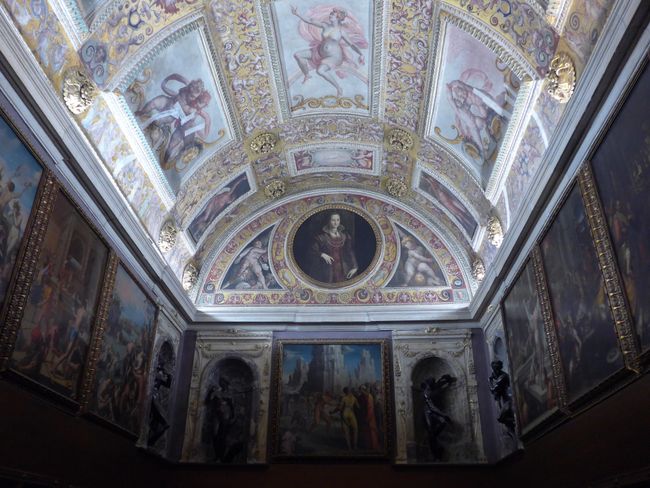
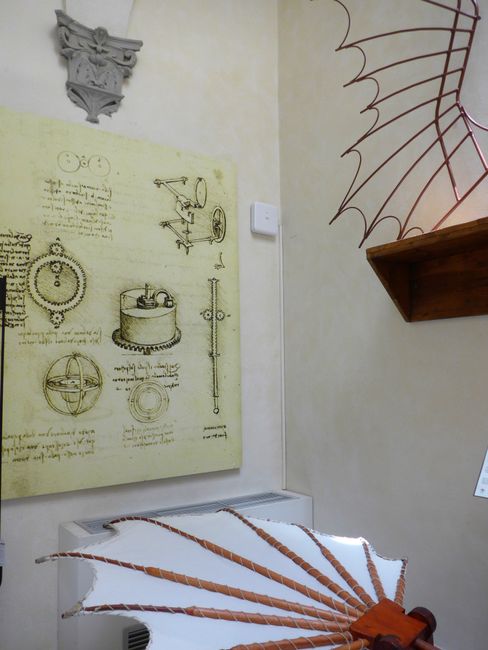
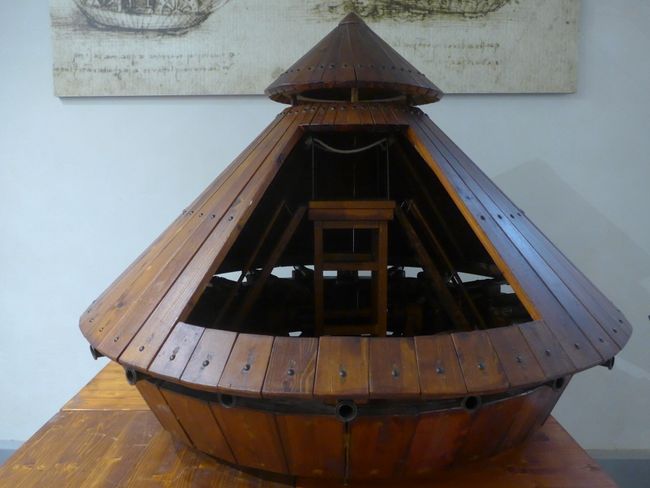
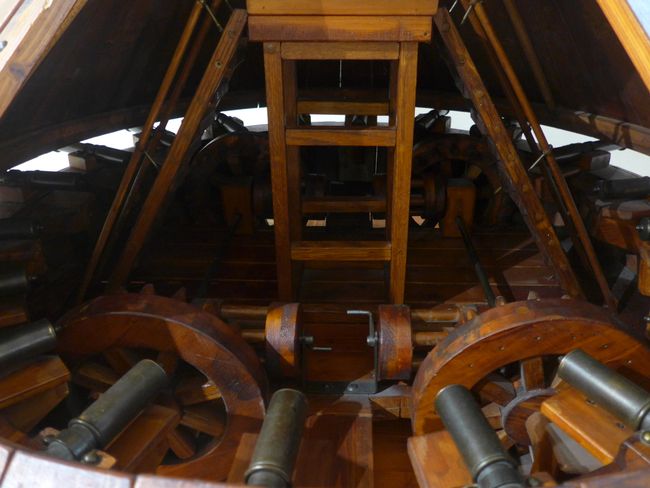
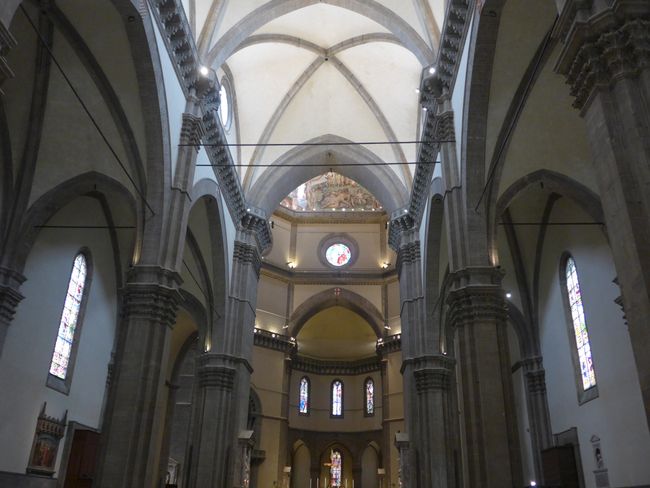
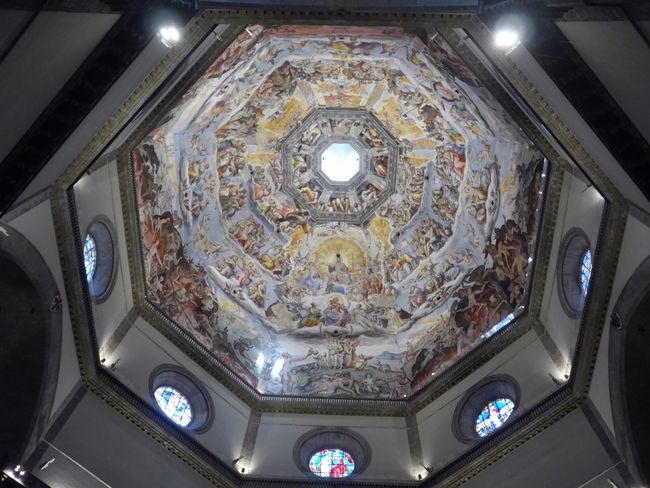
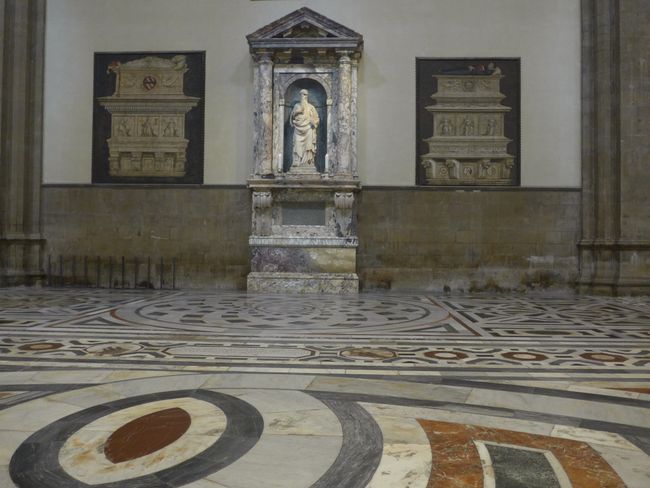
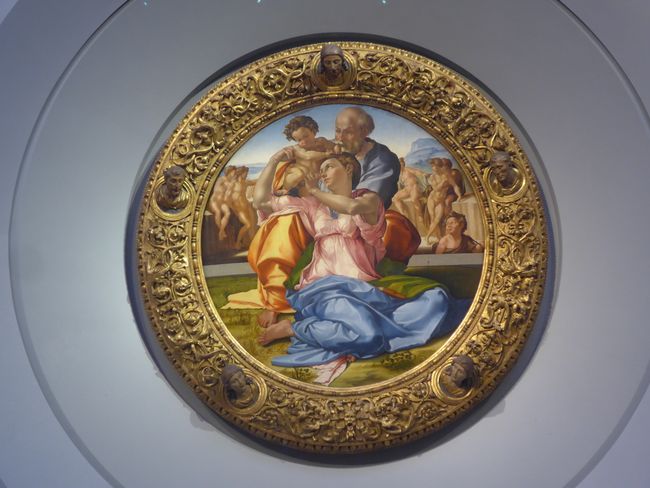
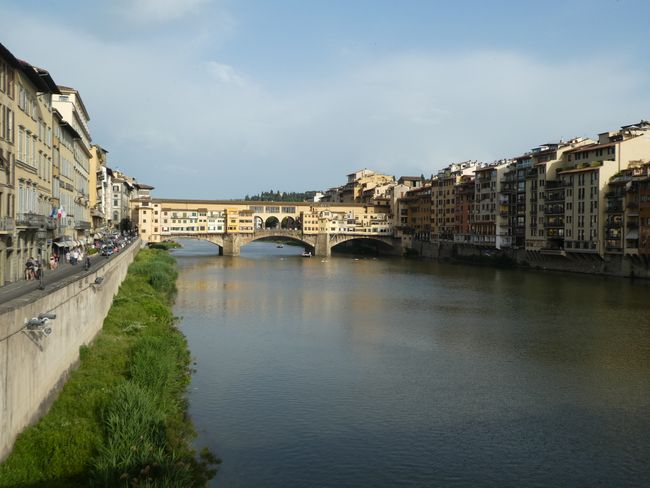
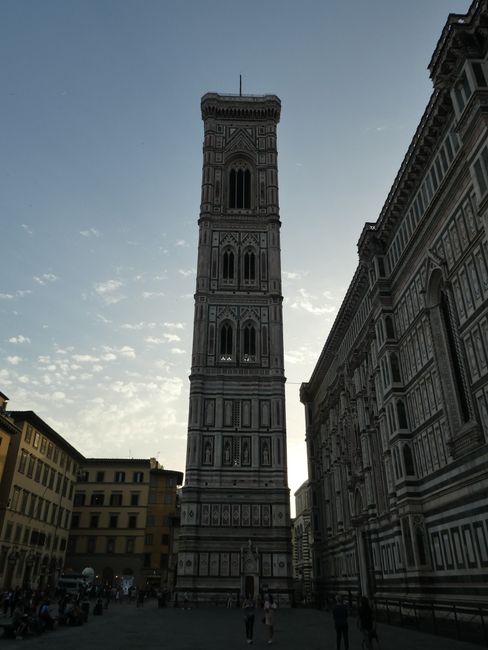
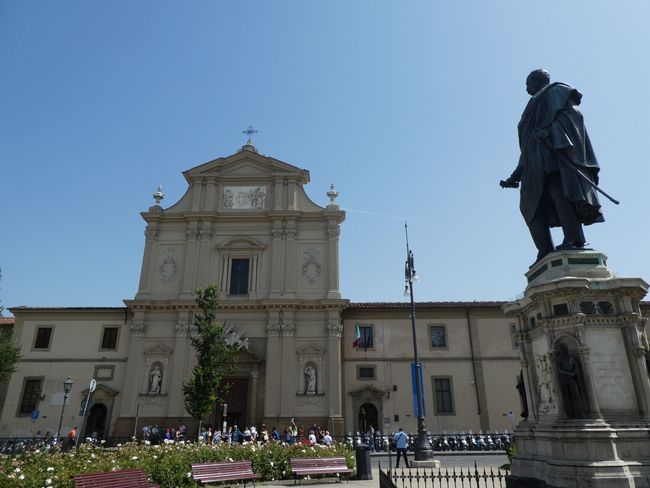
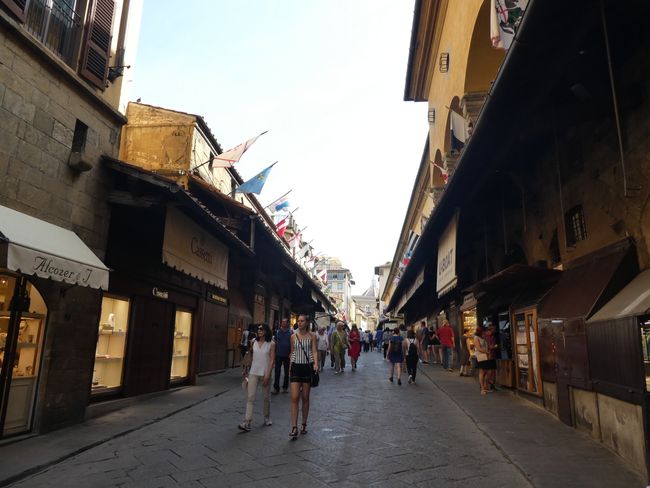
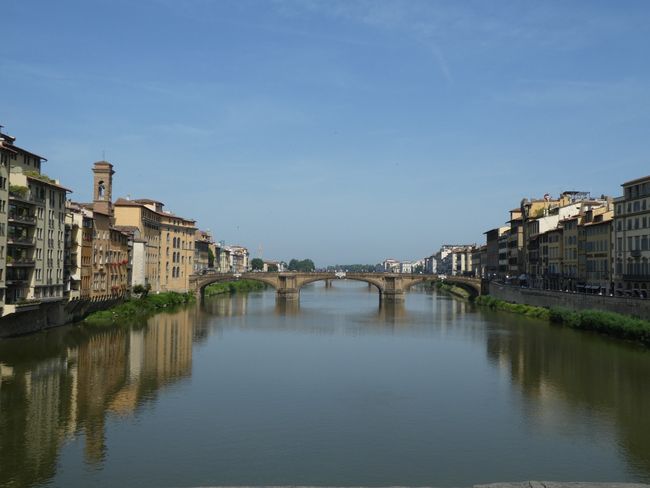
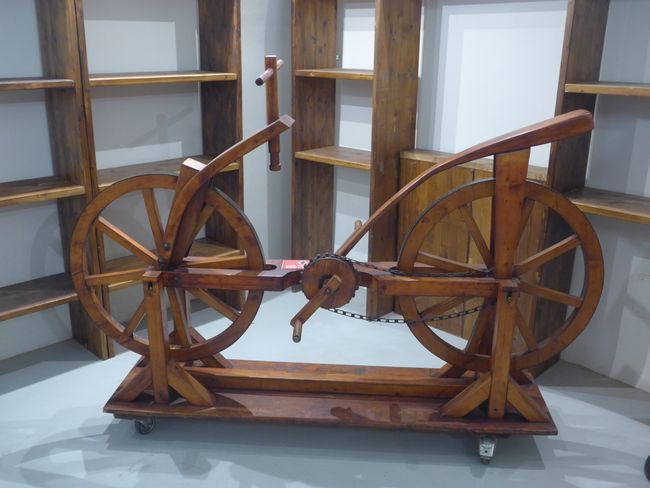
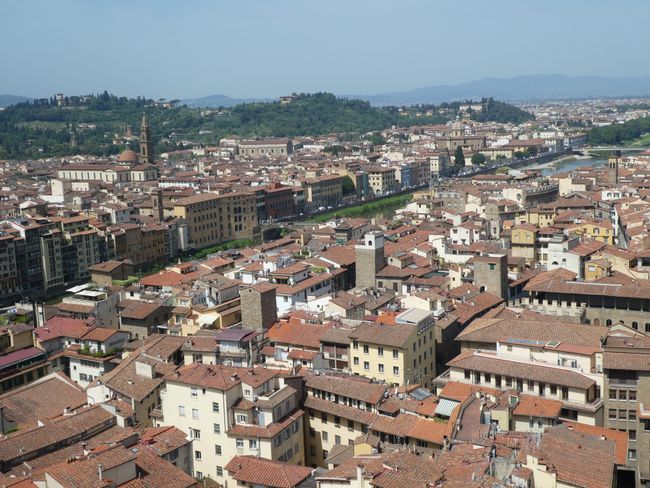
පුවත් පත්රිකාවට දායක වන්න
Before going to Florence, we made a stop in Fiesole, from where you can see the whole city of Florence.
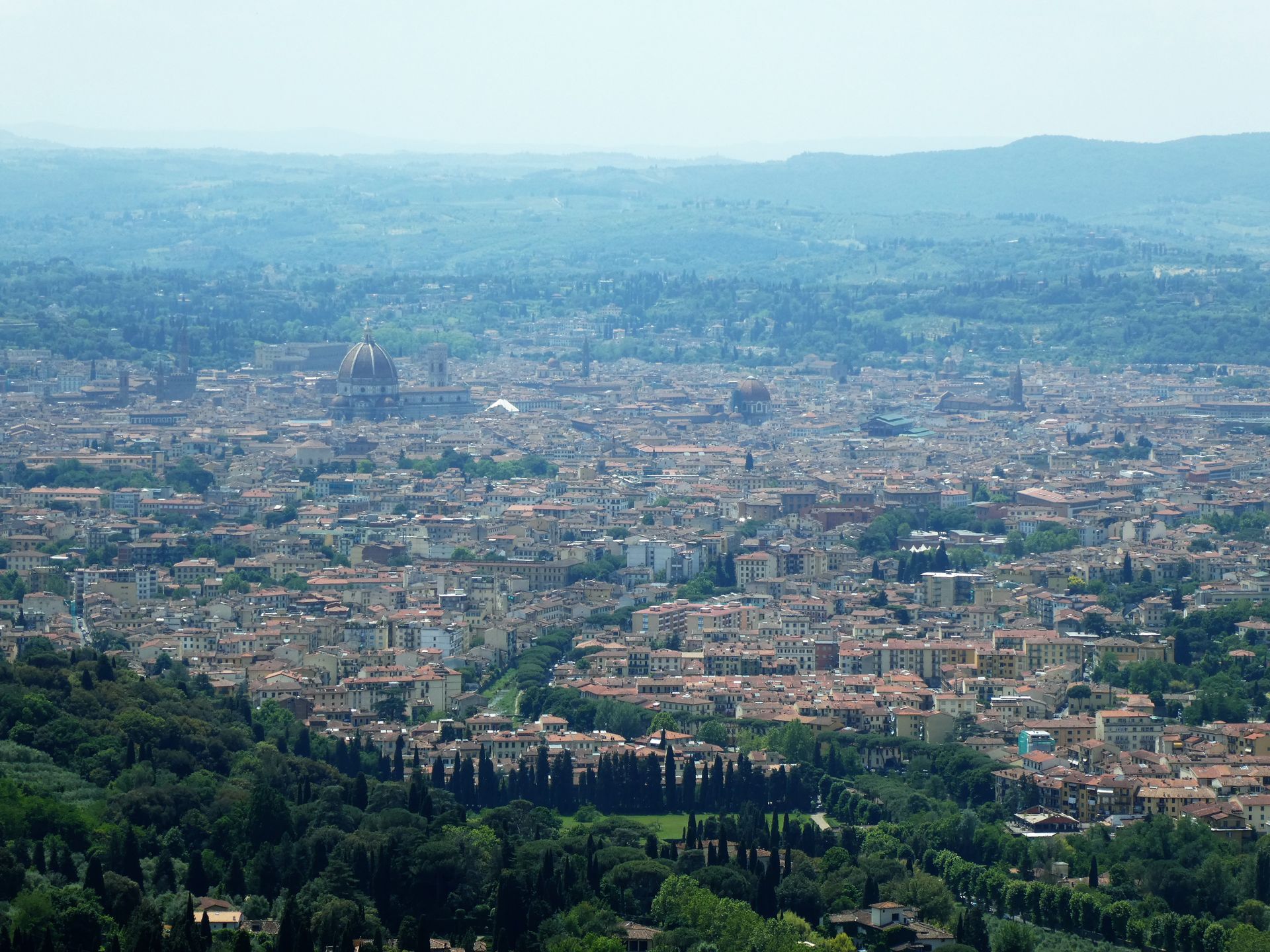
The small town, located almost 300 meters above Florence, is older than the city at the foot of the mountain. The city flourished even under the Etruscans. There was also a sanctuary here, which was later overlaid by a Roman temple.

We saw the remains of the two sacred sites during our visit to the archaeological site, which also includes an ancient Roman thermal bath.
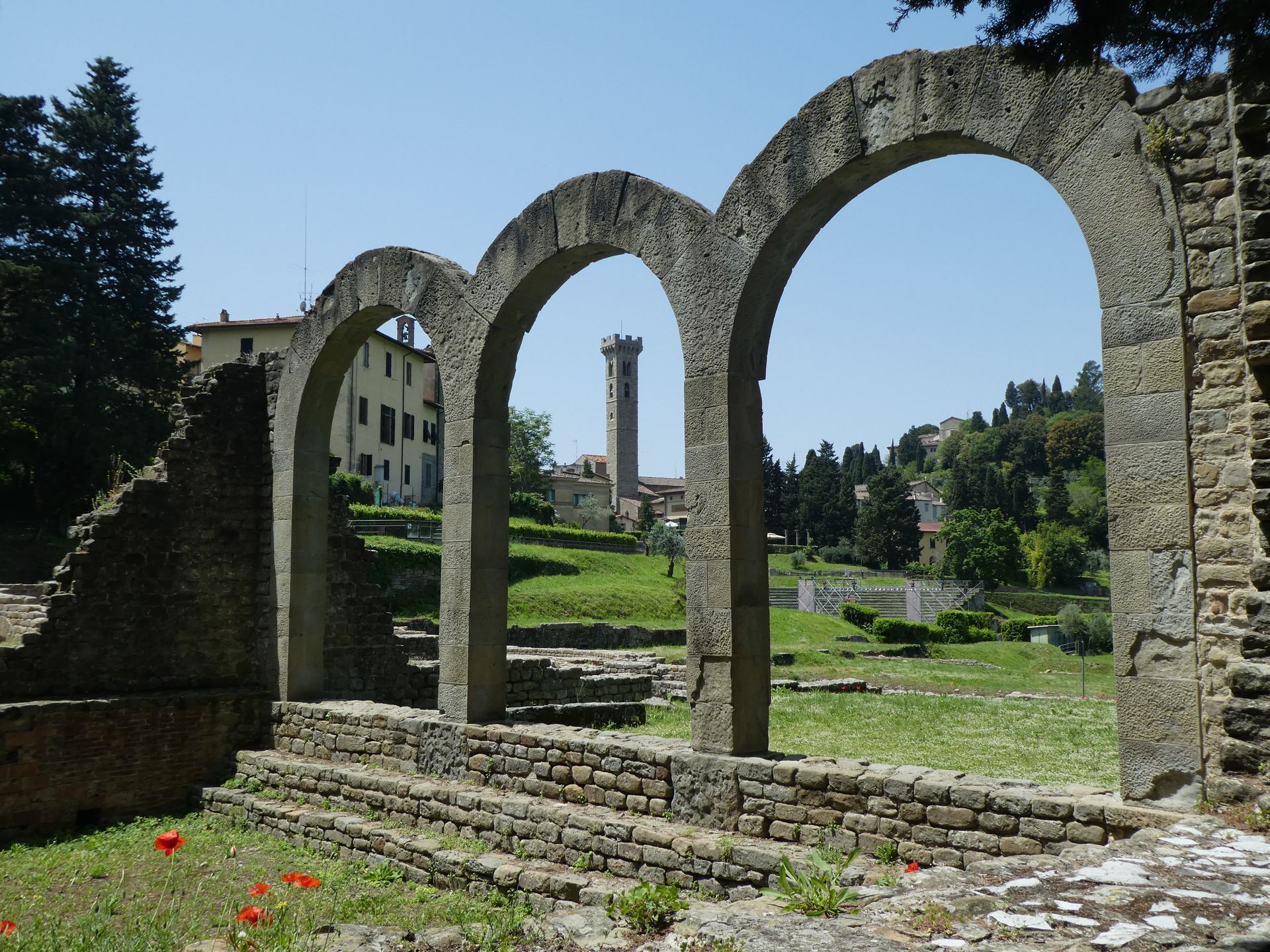
In front of it are the remains of a Roman amphitheater, which is still used today for performances with a great view of the surrounding landscape.

In Florence, we fortunately booked an accommodation with parking, which was a bit outside the traffic-calmed and narrow old town. From there, we explored the center on foot.
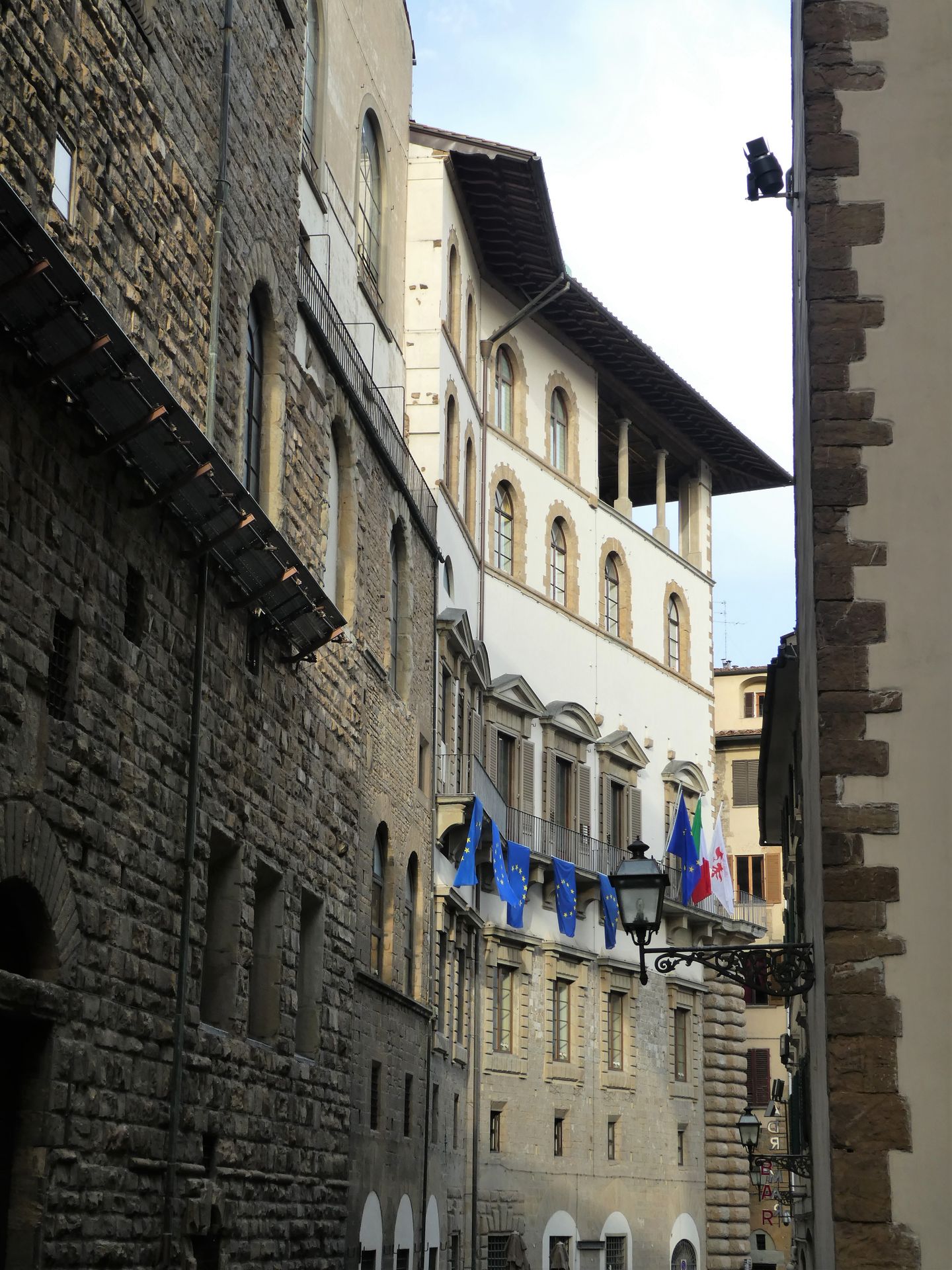
Many buildings in the city testify to the wealth and rule of the wealthy patrician family of the Medici. For example, we saw the Palazzo Vecchio, from which the Medici ruled as grand dukes.
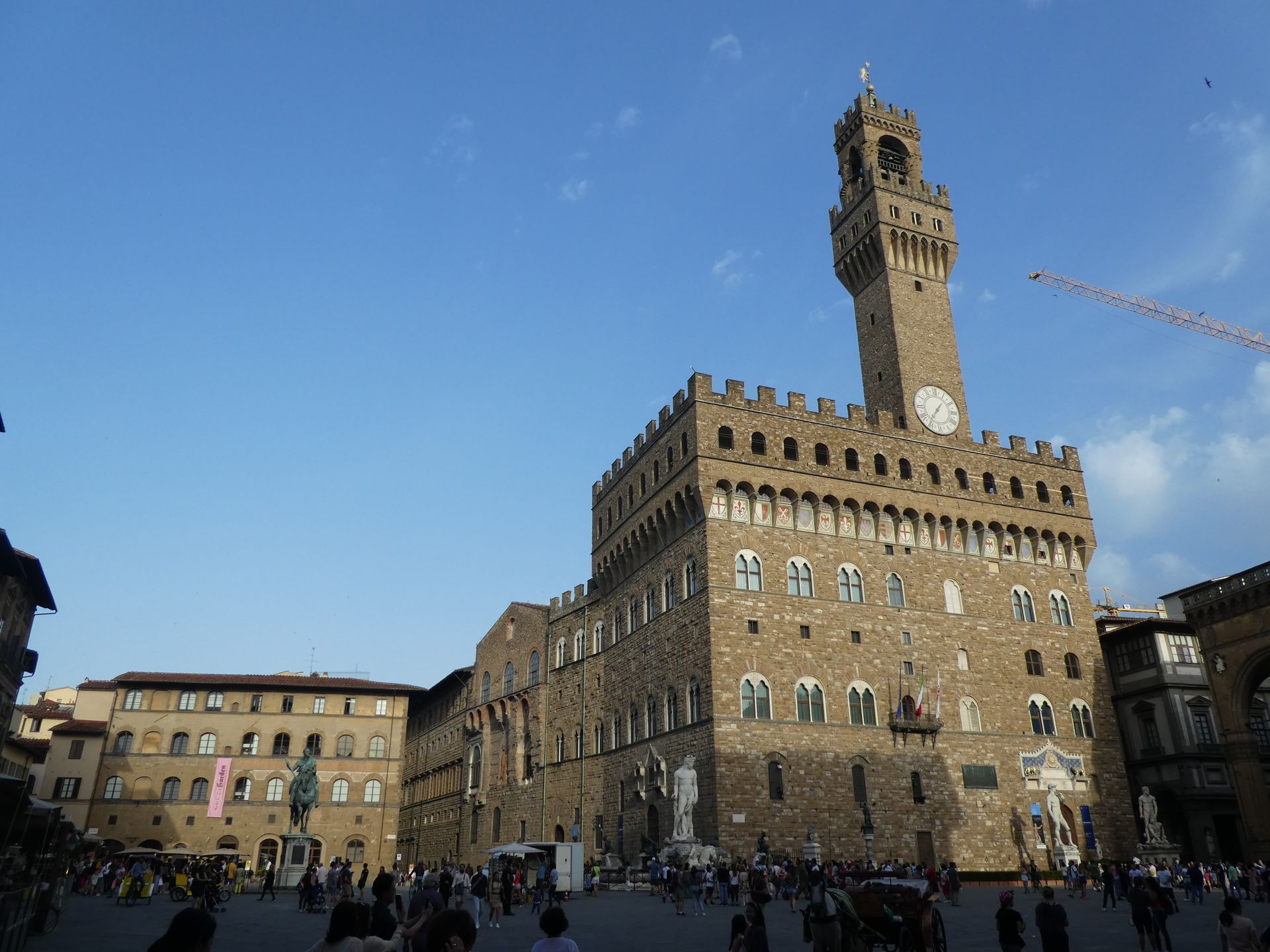
Right next to it are the Uffizi, originally an office complex of the Medici, now one of the most important art museums in the world.
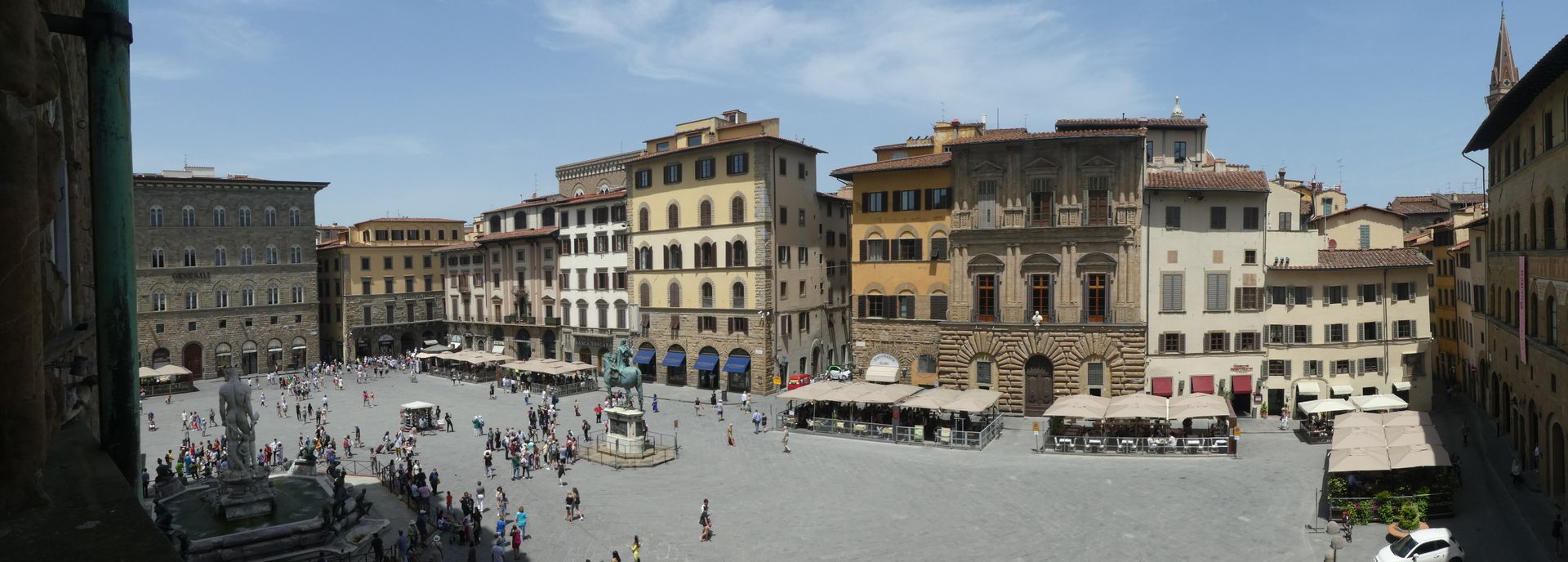
We saw some of the most famous works during a knowledgeable guided tour. Our guide was particularly fascinated by perspectives and compositional lines and explained a lot to us about works by Michelangelo, Leonardo, Raphael, Giotto, and others.
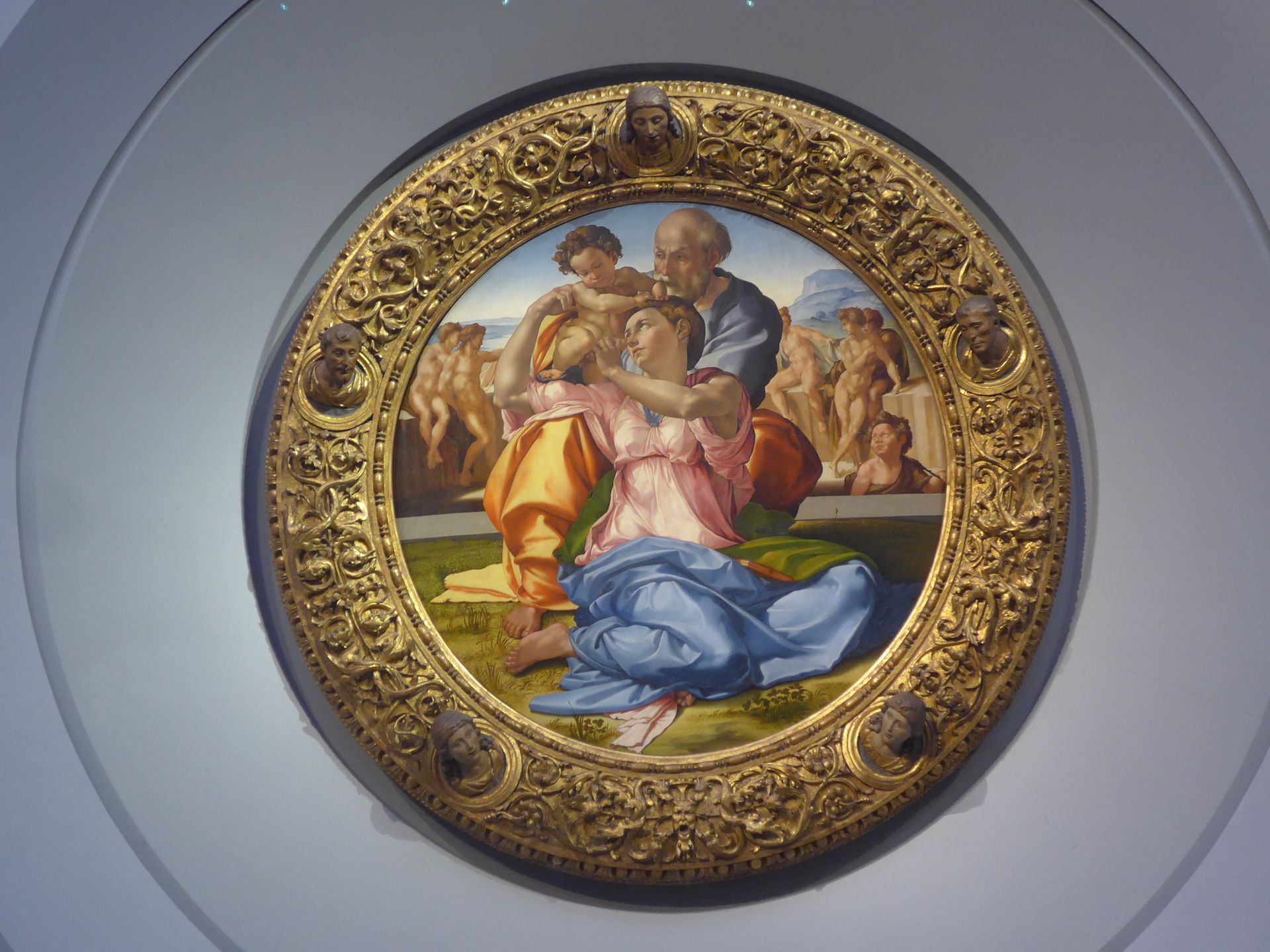
During our walk through the old town, the Ponte Vecchio, the old bridge, was of course not to be missed. It dates back to 1345 and was built with shops on both sides. It was the only bridge in the city that was spared from destruction on Hitler's orders during the Second World War.
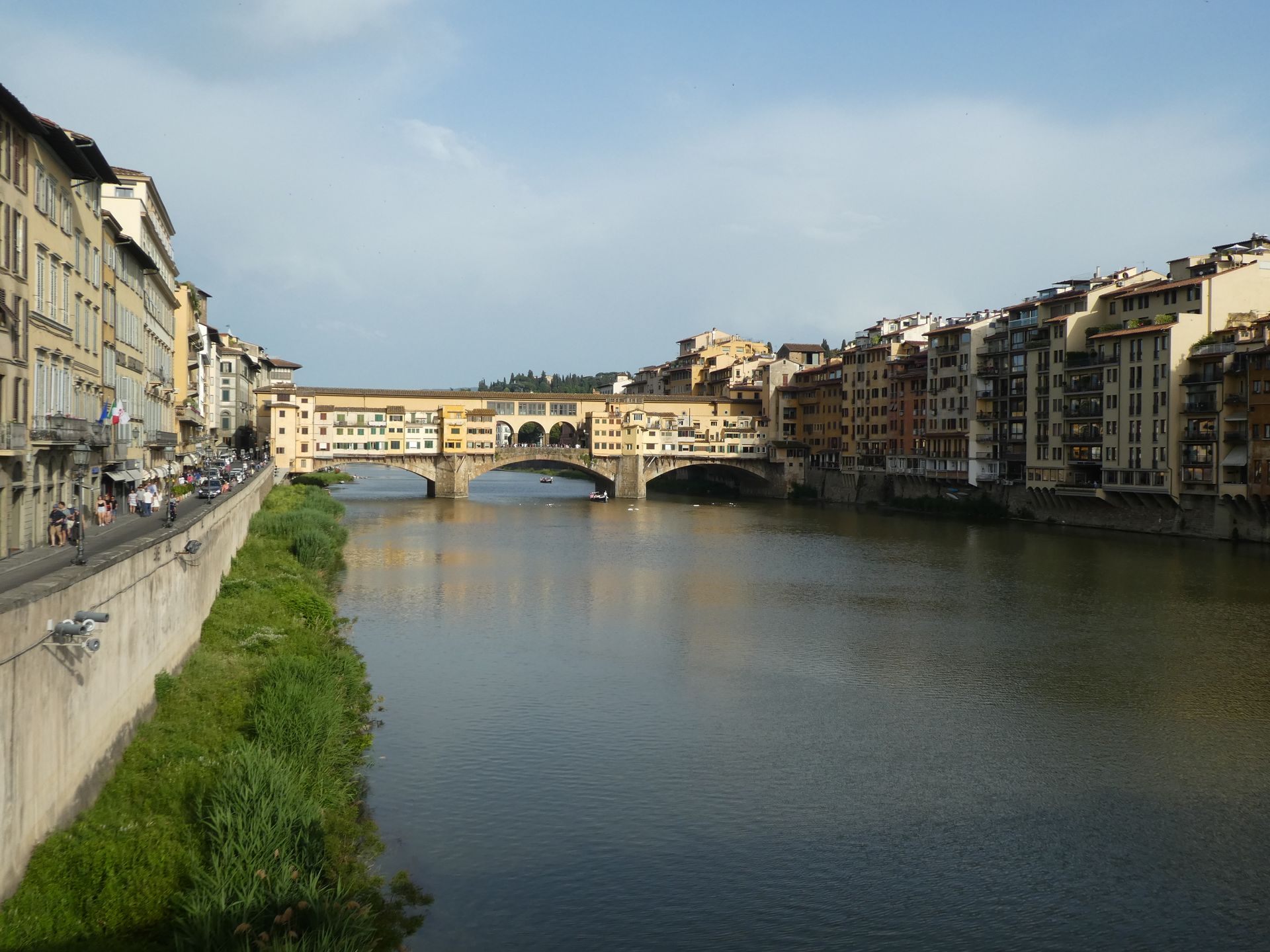
Also impressive is the Duomo Santa Maria del Fiore with its 85 meter high bell tower. The neogothic facade was only created in the 19th century.

We actually wanted to visit the cathedral from the inside, but the 2-hour queue discouraged us. Our tour guide later said that compared to the exterior, the interior is rather disappointing.
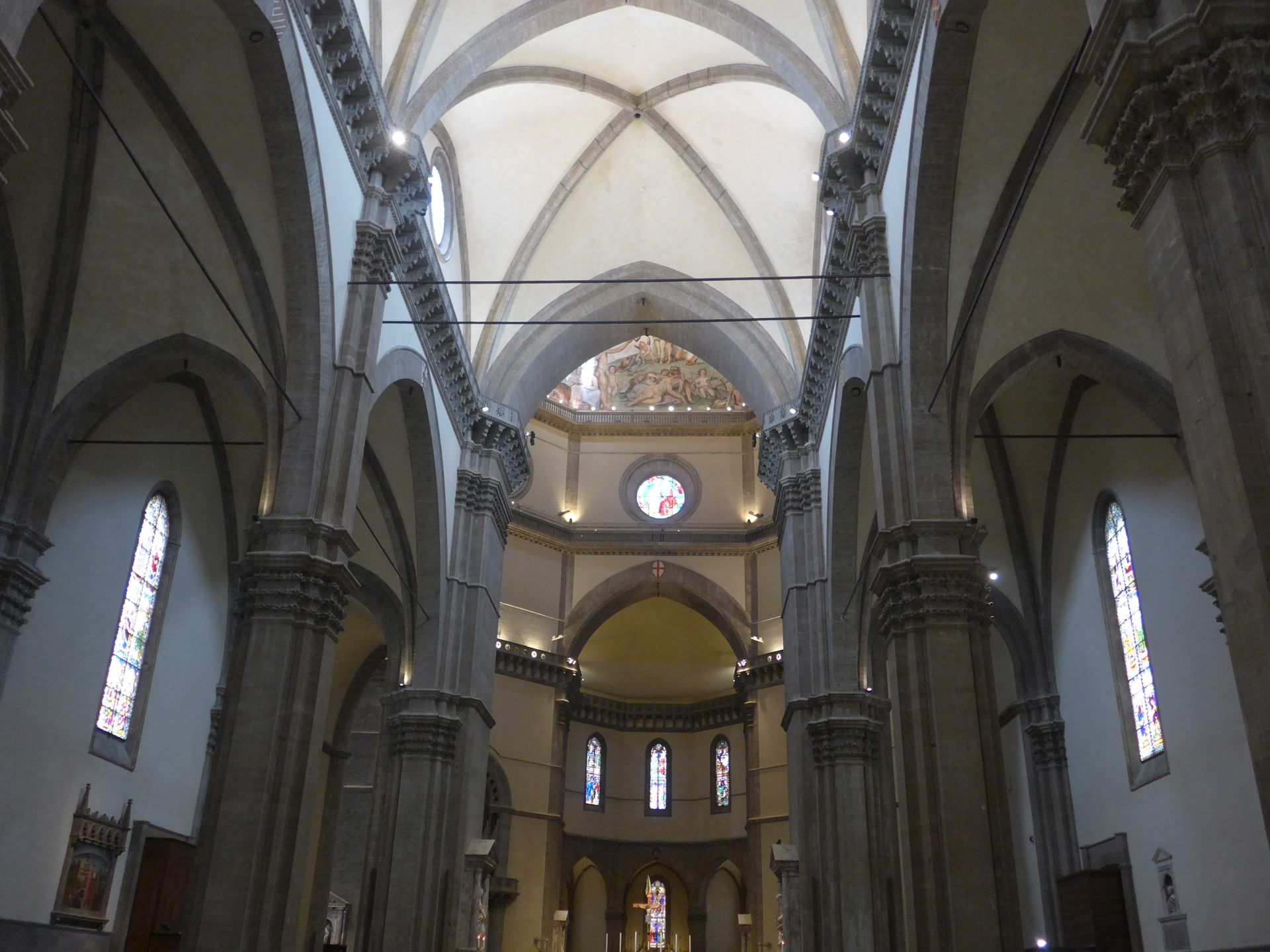
The next day, we took the opportunity when the queue was shorter. In fact, it only went around a quarter of the cathedral, and we only needed 15 minutes to get inside - significantly less than we expected.

The interior was actually plain. The most impressive part was the colorful painted dome. Unfortunately, the architect died before its exterior decoration was completely finished, so a part remained without marble cladding because he left no plans.

Later, an attempt was made to attach a decorative exterior cover at that spot, but because there was a fear that it would collapse the dome, they decided not to do it. We saw a large crack running through the ceiling painting inside.

Next to the cathedral is the octagonal baptistery. In Italy, there are often such baptisteries because no unbaptized person was allowed to enter the cathedral. So the believers were baptized first and then could go to the adjacent church.

In the evening, we walked to Piazzale Michelangelo south of the Arno. From here, you can overlook Florence, even if you have to share the panorama with numerous other tourists and souvenir shops.
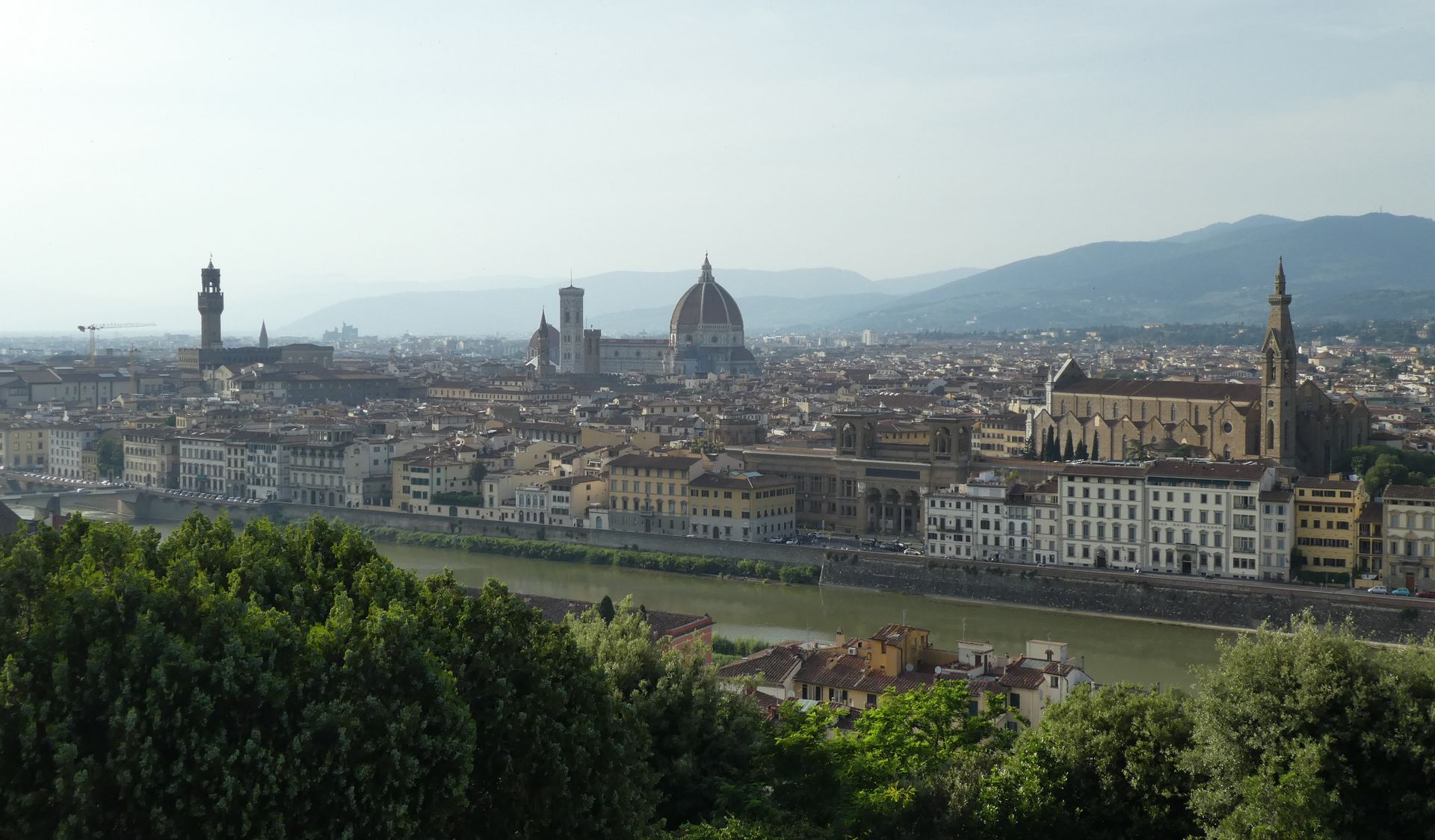
We also visited some other squares, but we only saw most of them from the outside. Since we only spent three days in Florence, we didn't have enough time to visit the numerous museums and churches.
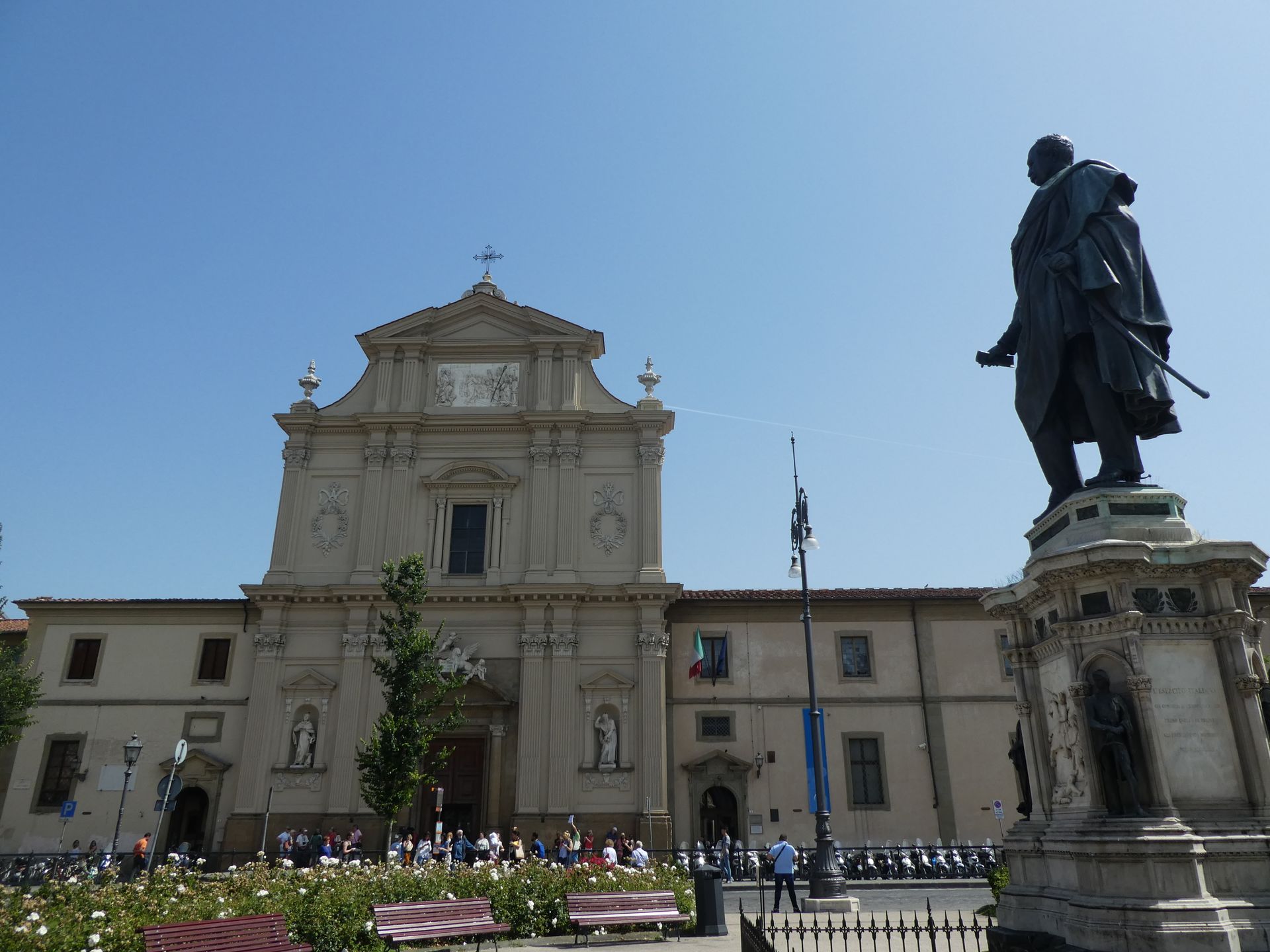
On the last day, we wanted to take a guided tour of Dan Brown's "Inferno", but unfortunately our guide didn't show up. So we made our way from Palazzo Pitti via the Ponte Vecchio, which is also mentioned in the novel, to the north bank of the Arno.
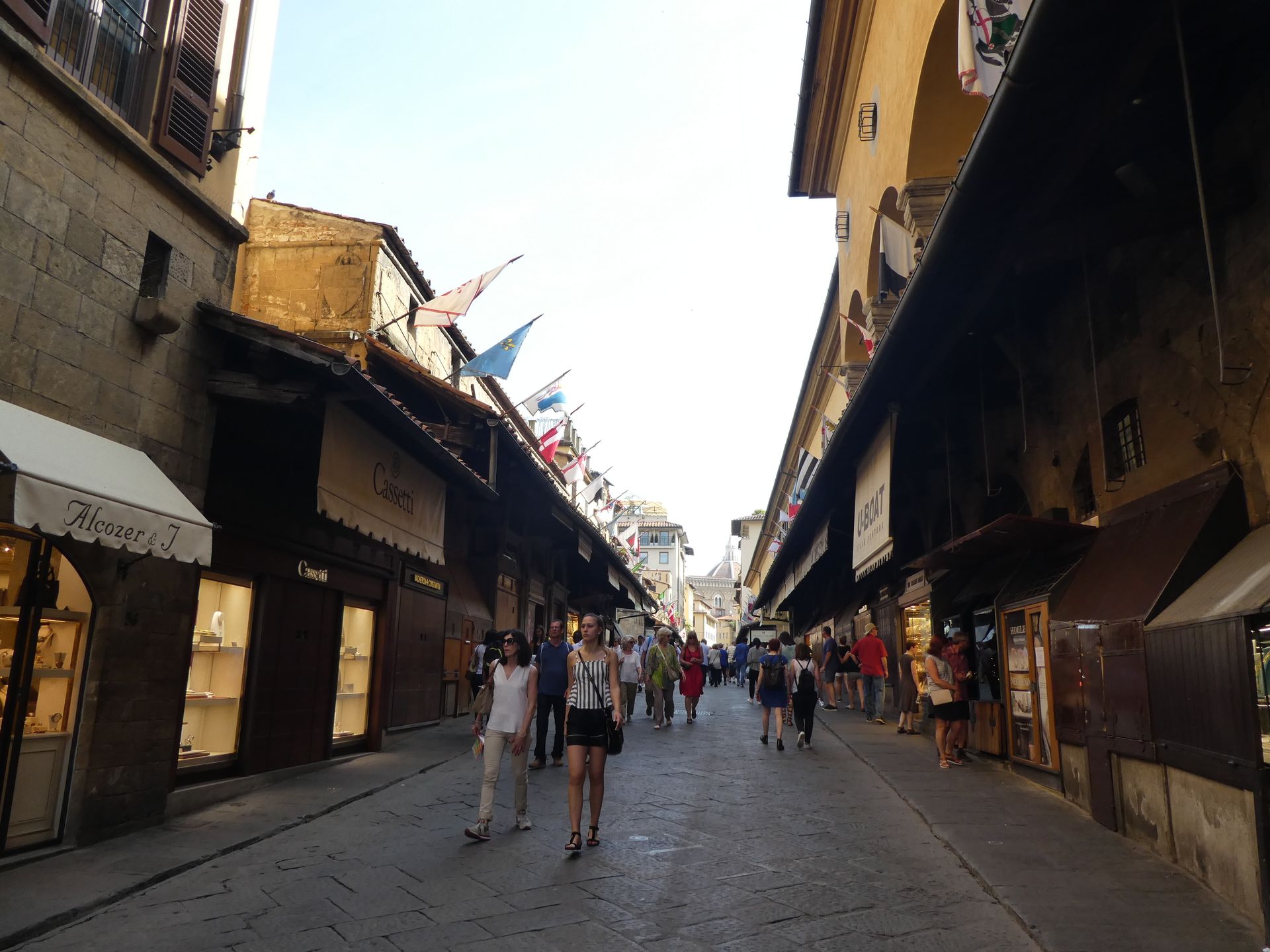
On the bridge, you hardly notice that you are actually on a bridge because the shops on both sides were built so high. There is mainly jewelry here. Only goldsmiths were allowed to settle on the bridge because the Medici, who walked from the Palazzo Pitti to the Palazzo Vecchio via their covered passage above the bridge, were bothered by the smell of the tanneries that used to be there.
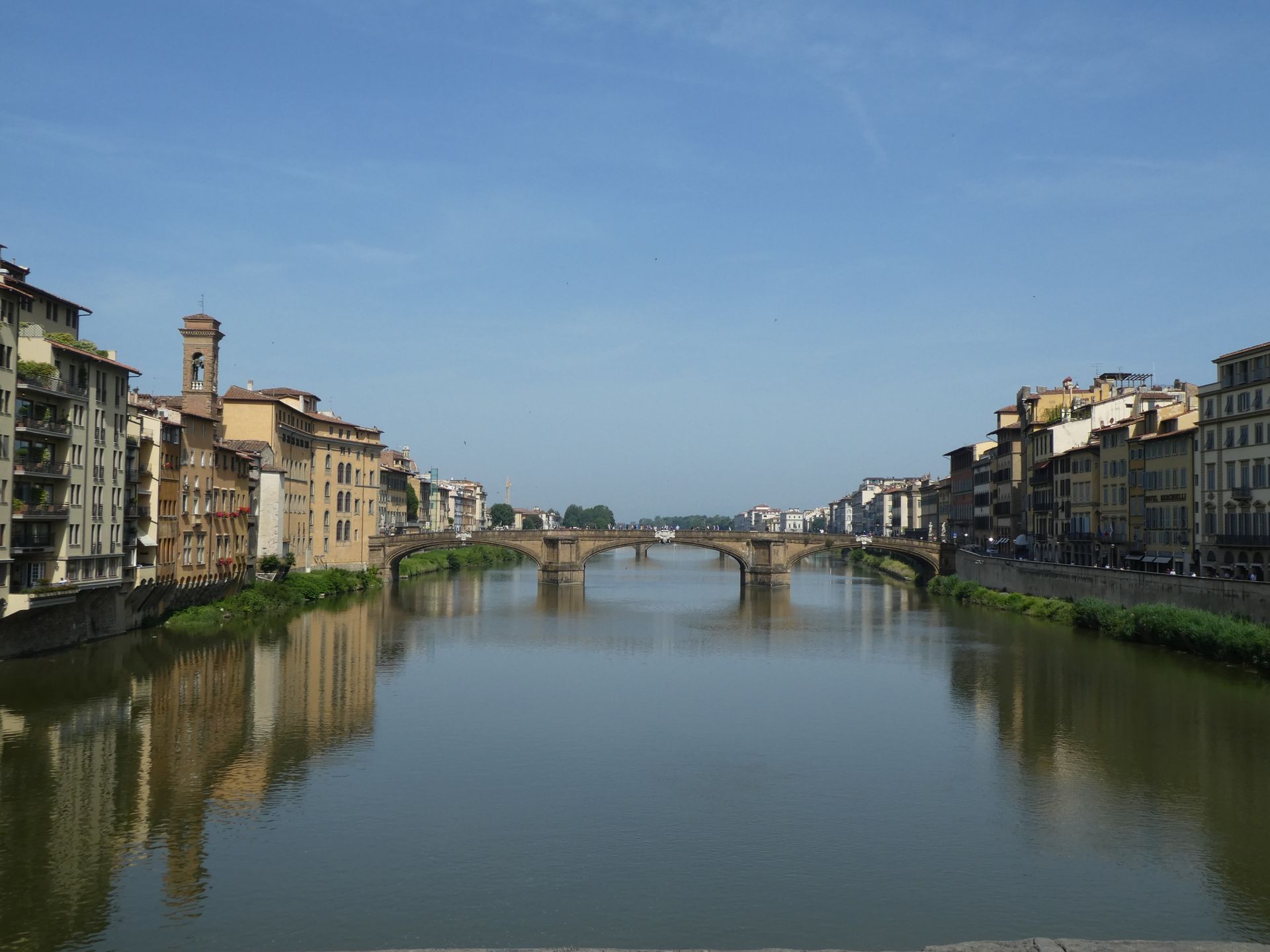
We then visited the Palazzo Vecchio on our own, which was once the seat of the ruling family. The rooms are still richly decorated on the ceilings and walls.
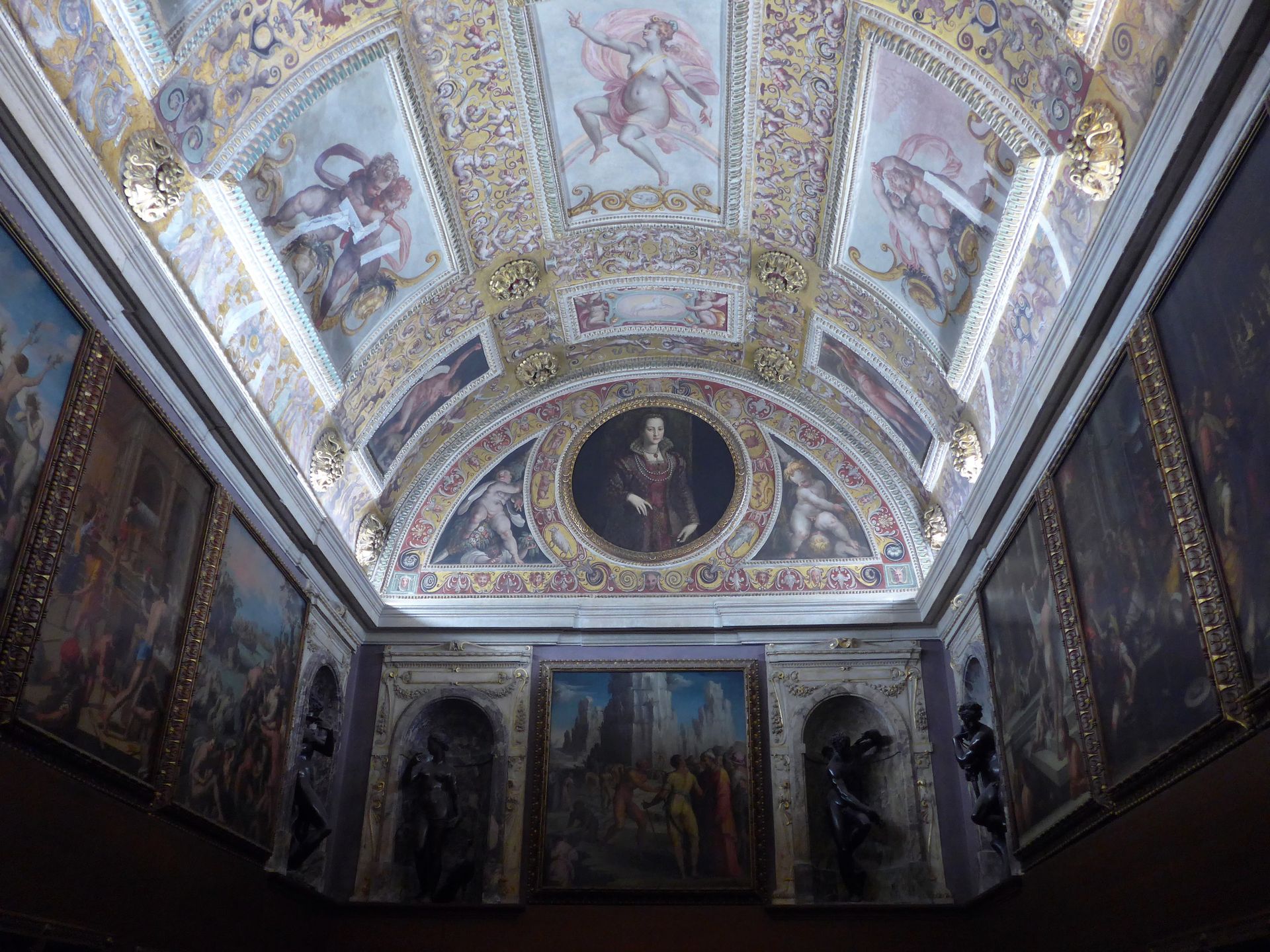
First, we went up the tower, from where you have a good view of the old town and especially the cathedral.

Actually, after visiting the museum, you automatically pass the entrance to the tower, but none of the unfriendly staff members told us. Since we were also not worthy of a map (you only got one at the ticket counter and not everyone was offered one), we first went up to the top. Ultimately, that was a good thing: we hardly had to wait, but when we later came out of the museum, the line of waiting people extended to the next floor.
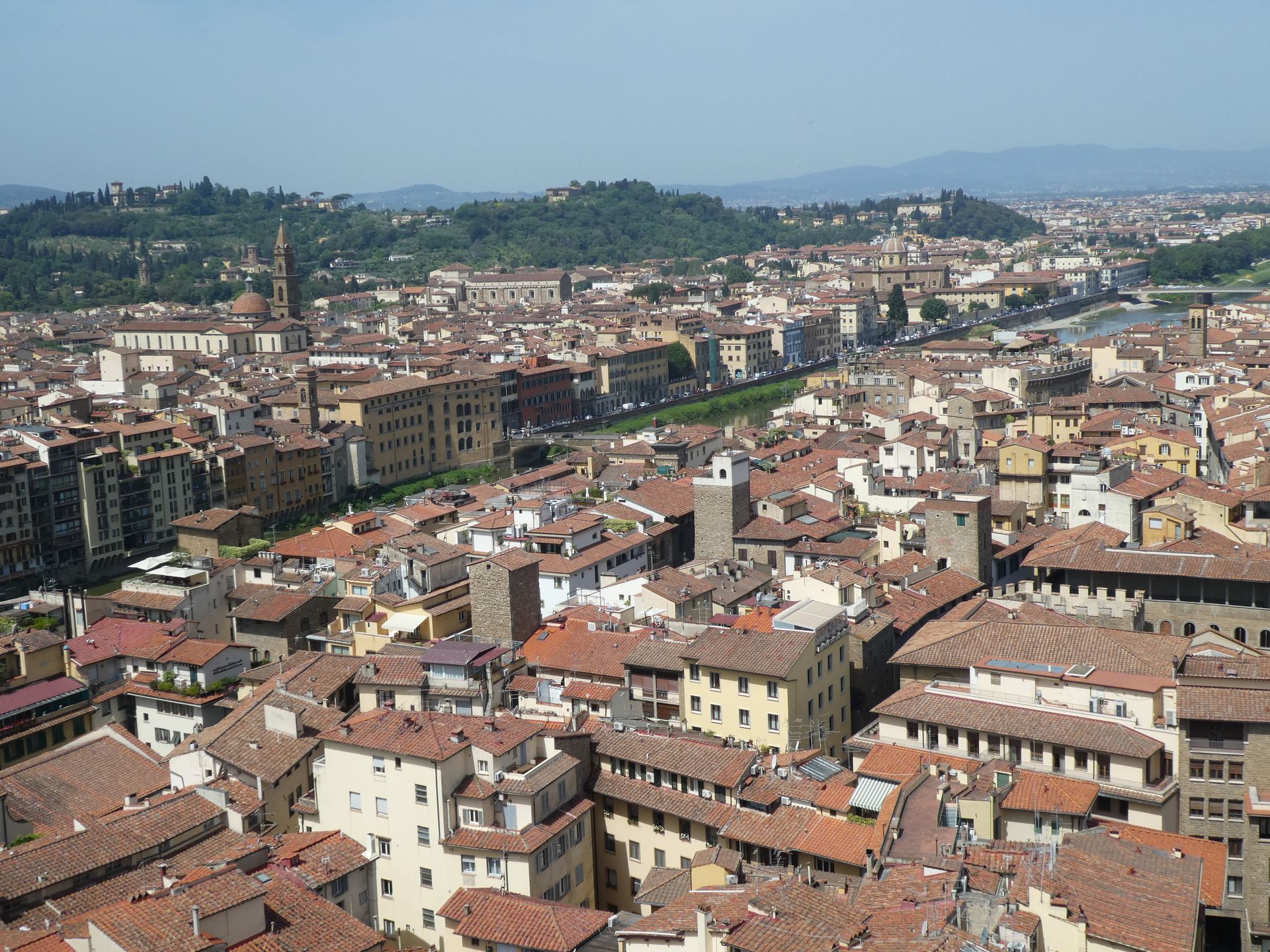
Things were quieter in the museum about Leonardo Da Vinci's inventions, which we visited in the afternoon. He spent his youth in Florence and also lived in the city as an artist for several years.
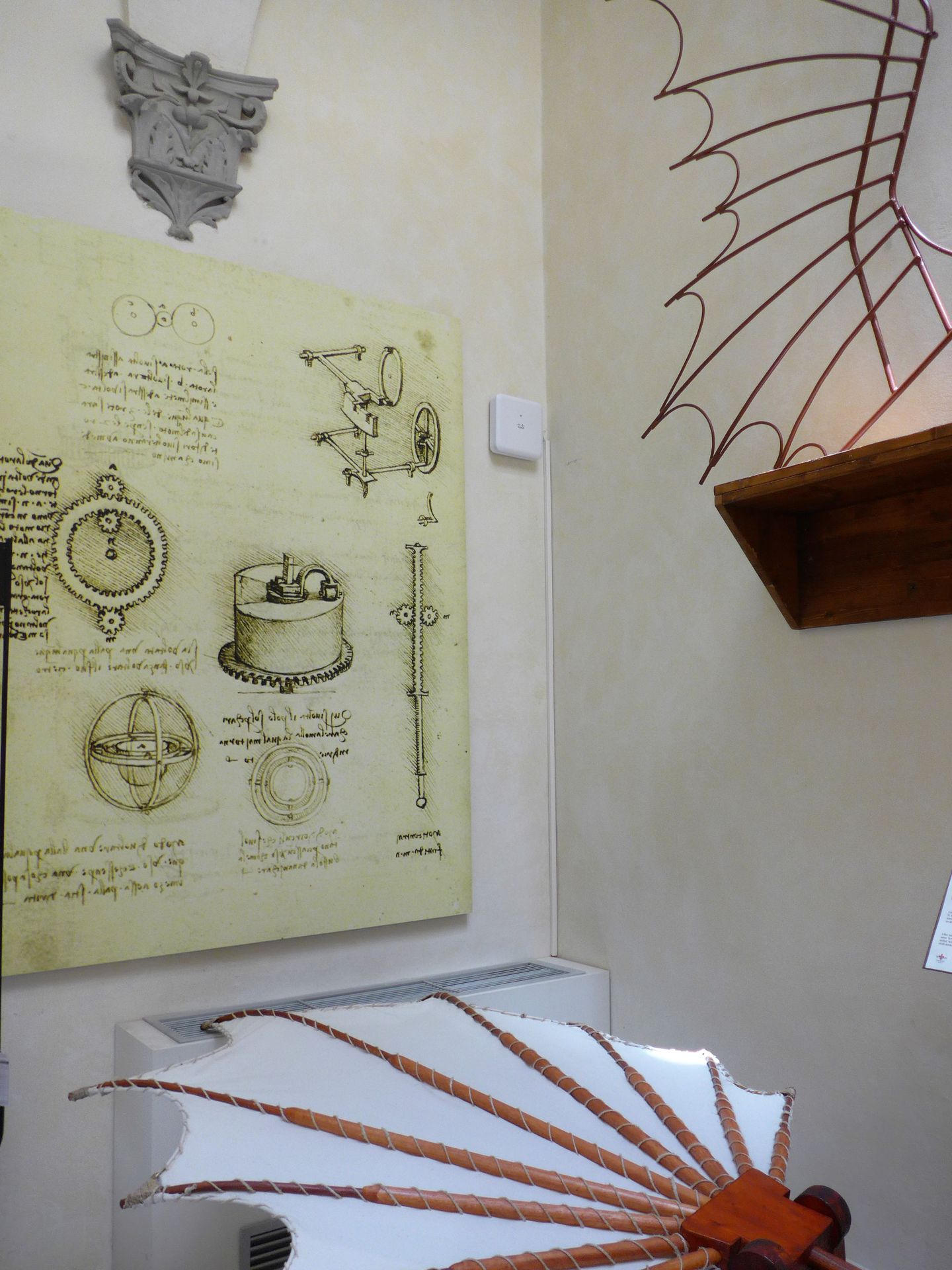
In the museum, some machines that Leonardo designed or improved were exhibited.
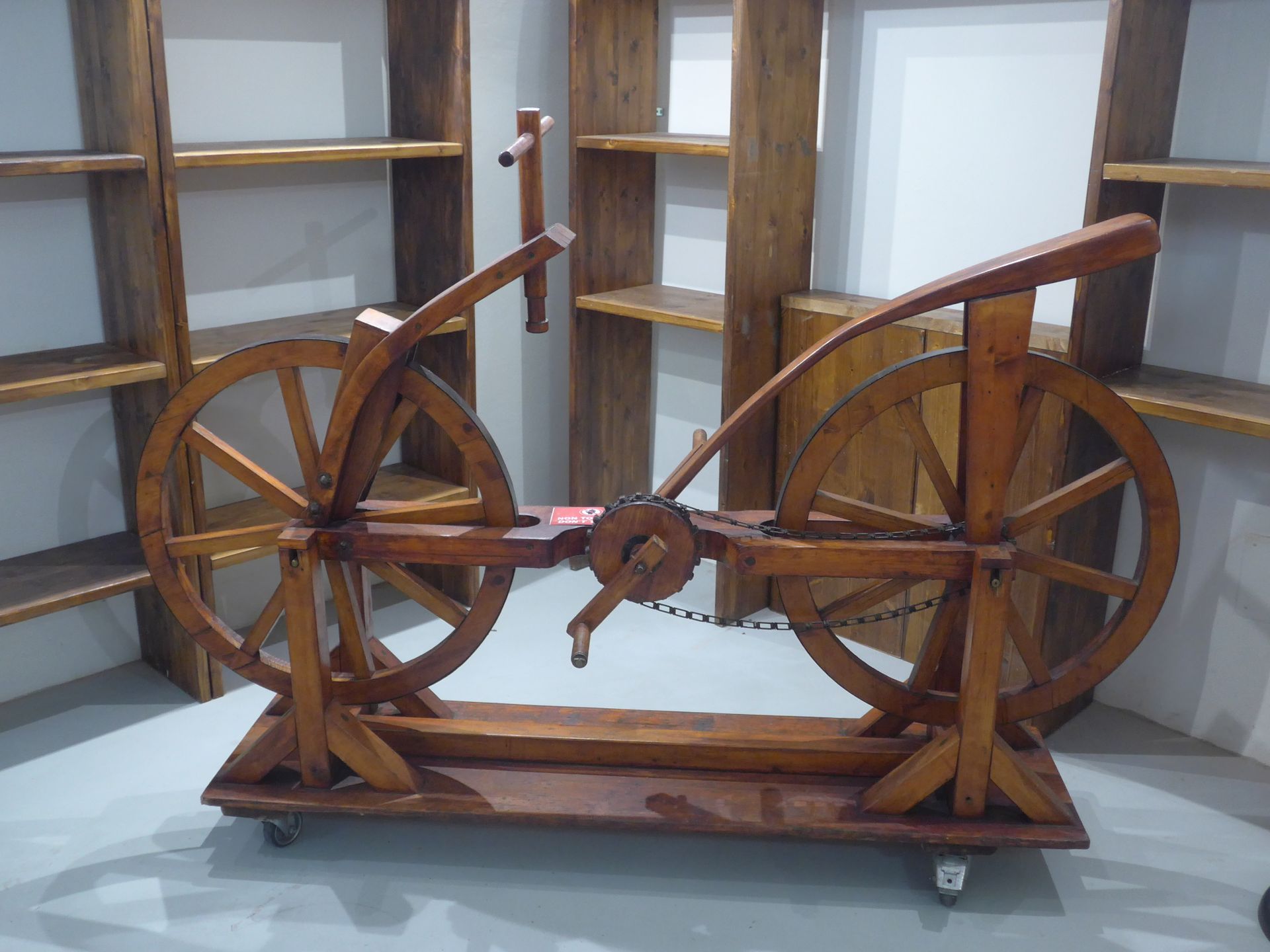
Among them was a tank in which soldiers could hide and fire cannons in all directions for protection.
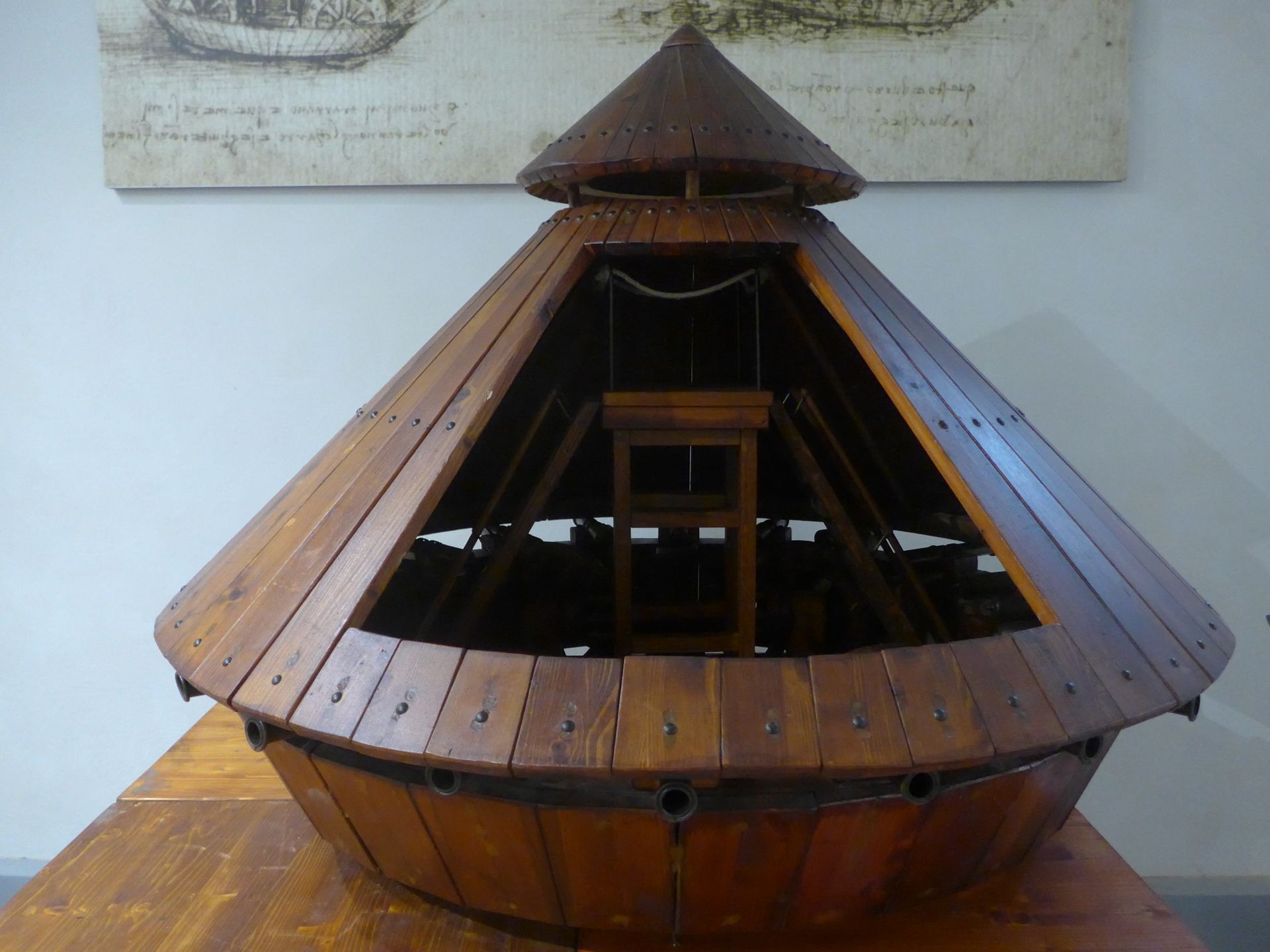
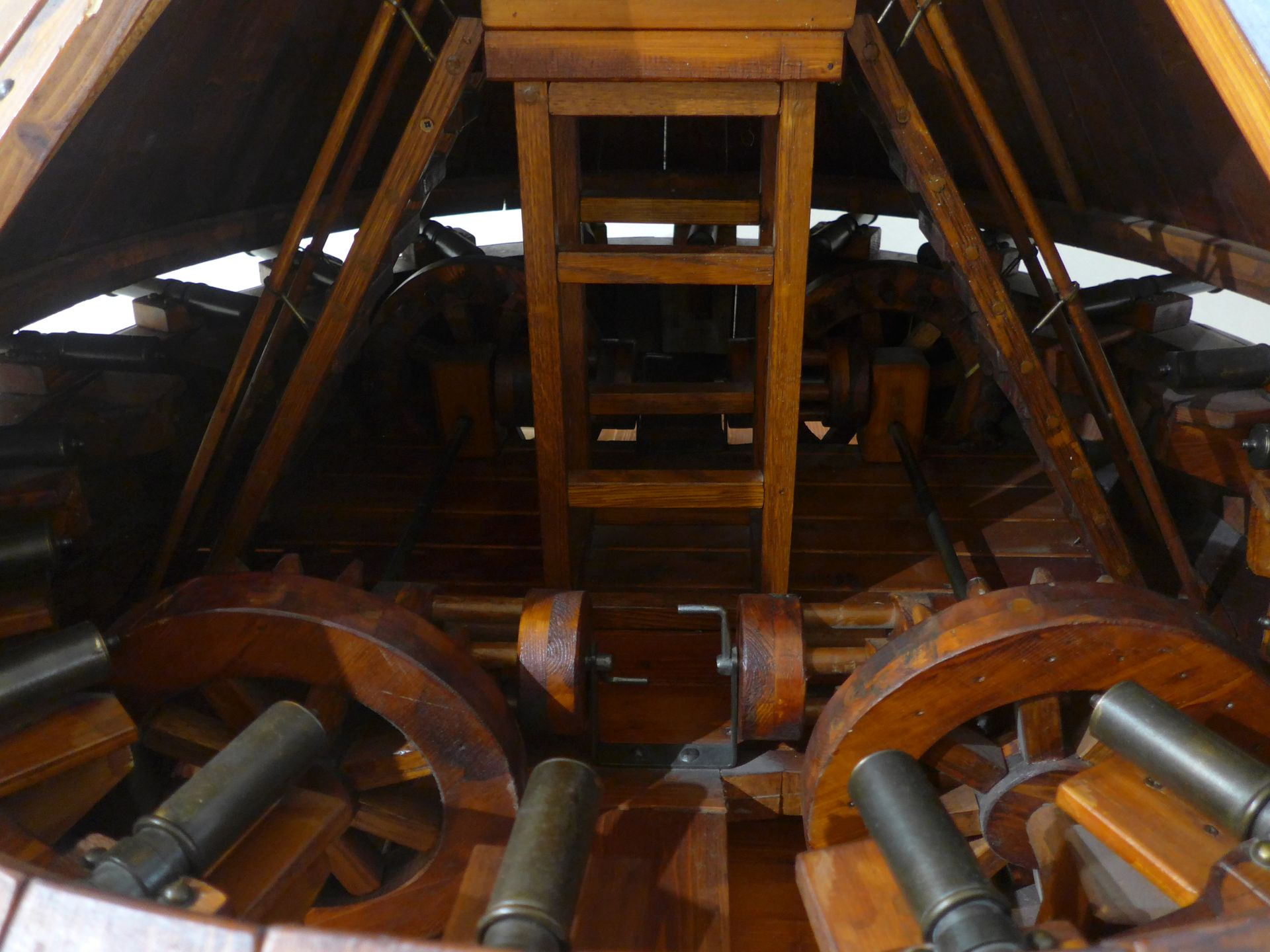
All in all, we found Florence quite crowded and unfriendly and are considering whether autumn is a better time to visit this city. Although you can't sit on the squares in warm weather, the museums can be explored just as well in colder weather - and are not as crowded.

පුවත් පත්රිකාවට දායක වන්න
පිළිතුර
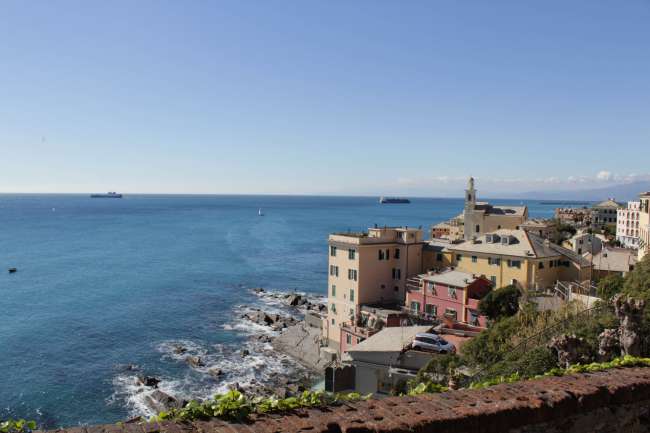
සංචාරක වාර්තා ඉතාලිය
